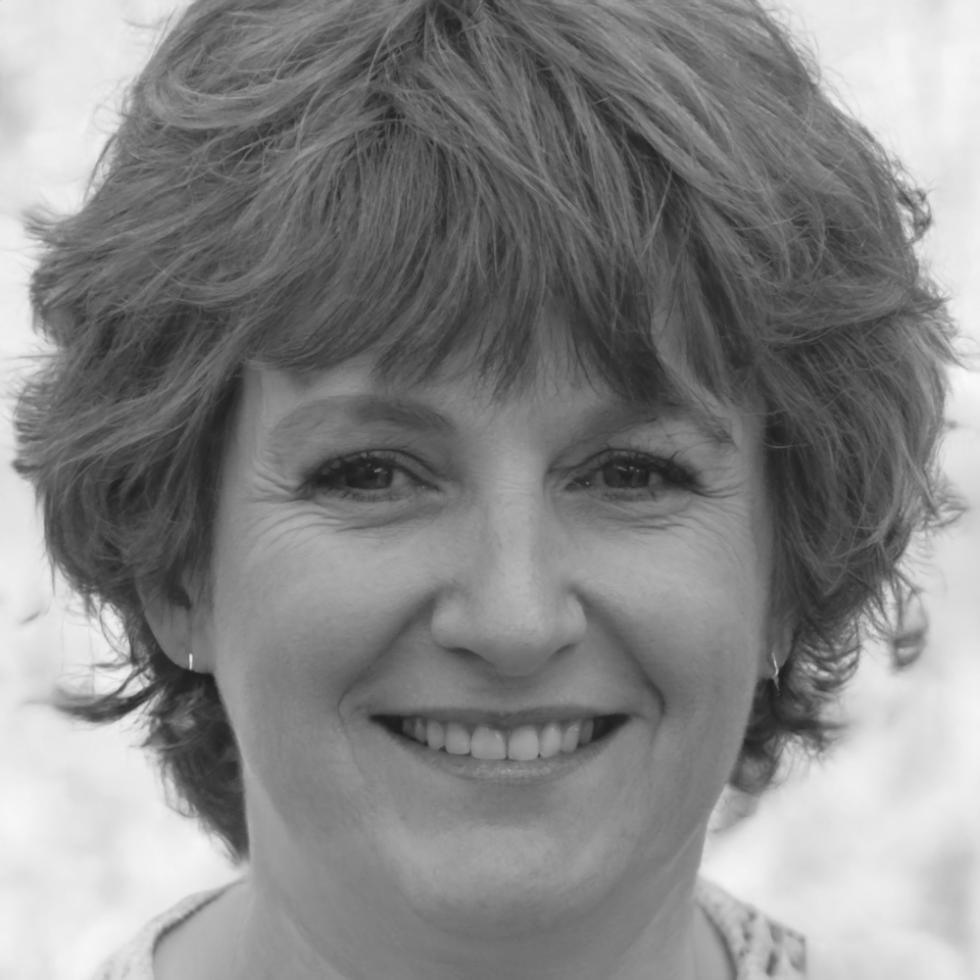Build Scoring Models That Actually Work
Most organizations struggle with credit and risk assessment because traditional methods miss what matters. We teach you how machine learning uncovers patterns humans can't see—and how to apply those insights in real lending environments across Thailand's banking sector.
Explore Our Program
How You'll Progress Through The Material
We've designed this around how people actually learn technical skills. You start with fundamentals, build working models, then tackle industry challenges.
Foundation Phase
First eight weeks cover statistical fundamentals and Python basics. You'll understand why certain algorithms work better for financial data.
- Probability distributions in lending
- Feature engineering for credit data
- Model evaluation metrics that matter
Model Building
Weeks nine through sixteen focus on creating actual scoring models. You work with anonymized datasets from Thai financial institutions.
- Logistic regression for default prediction
- Gradient boosting implementations
- Handling imbalanced datasets
Industry Application
Final phase runs through October 2025. You tackle regulatory requirements, model documentation, and deployment considerations specific to banking.
- Bank of Thailand compliance standards
- Model validation frameworks
- Production deployment strategies




What Makes This Different From Academic Courses
Universities teach theory. We teach what banks actually use. Every assignment mirrors real problems Thai financial institutions face—missing data, regulatory constraints, business stakeholder communication.
You'll understand not just how to code a model, but how to explain it to risk committees who make final approval decisions. That's where most data scientists struggle.
Our instructors currently work in credit risk departments. They know which techniques pass audit reviews and which don't. Program starts September 2025 with limited enrollment.
What Students Achieve After Completion
These outcomes come from our 2024 cohort. Results vary based on prior experience and effort invested, but this gives you realistic expectations.

Siriporn Watanakul
Risk Analyst, Regional BankI'd been stuck doing manual spreadsheet analysis for three years. After finishing in November, I built an automated scoring system that my department now uses for small business loans. Took about six weeks to convince management, but the model's been running since January 2025.